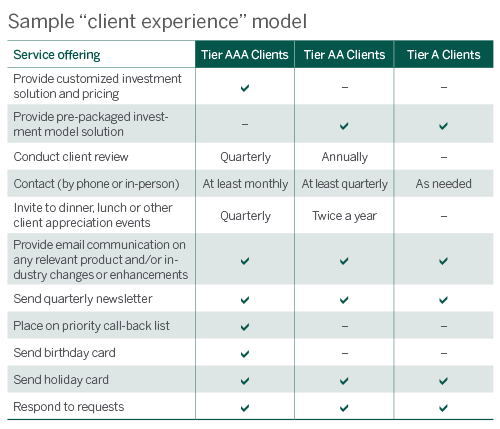The great differentiator
ROBBIE ROBINSON 29-Aug-2018

As a financial advisor, you understand that building enduring relationships with your clients requires more than investment returns. Clients want a personalized experience—and they want to feel understood.
It’s only human nature. In fact, the desire to be understood is so powerful that it can drive clients to look elsewhere for financial advice.
What’s more, many clients—particularly ultra-high net worth clients—are working with more than one financial advisor. And at some point in the future, those clients will realize they would prefer to work with one financial advisor who will help them navigate the rest of their life goals.
At the point of consolidation, how do you become that one trusted financial advisor?
Delivering exceptional client service can be the differentiator. When you think about it, great client servicing is the backbone of our industry. And personal communication has a positive correlation to client loyalty.
Because you cannot be all things to all people, you may want to consider segmenting your book of business so that you can deliver elevated client service to your most important client relationships. After all, it would be unrealistic to deliver the exact same level of service to all of your clients.
If you subscribe to the belief that 80% of your business comes from 20% of your clients, then segmenting your business makes a lot of sense.
A formalized approach to client segmentation can have two key benefits: happier clients and happier staff. When those two things happen, not only do you generate more revenue, but everyone—most notably your team—enjoys what they’re doing even more.
While most advisors talk about segmenting their business, at least informally, few of them create a formal plan outlining the level of service they will provide each client level. Here’s an example of a segmented client service model. Notice that it assigns specific communications guidelines for each of the client levels:






